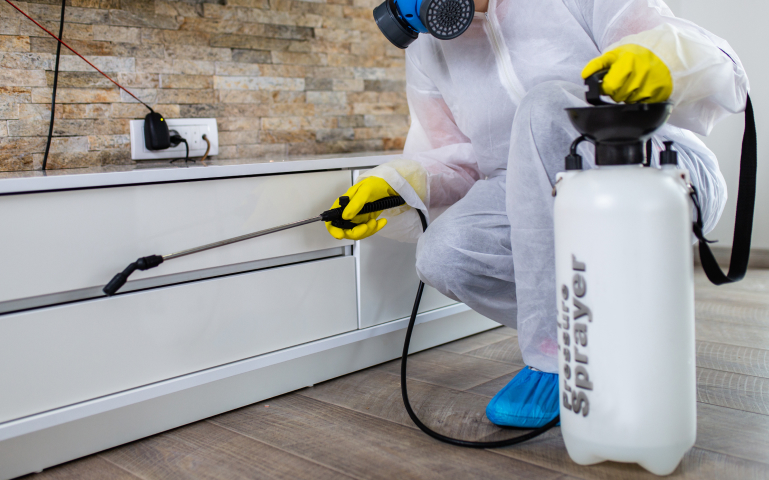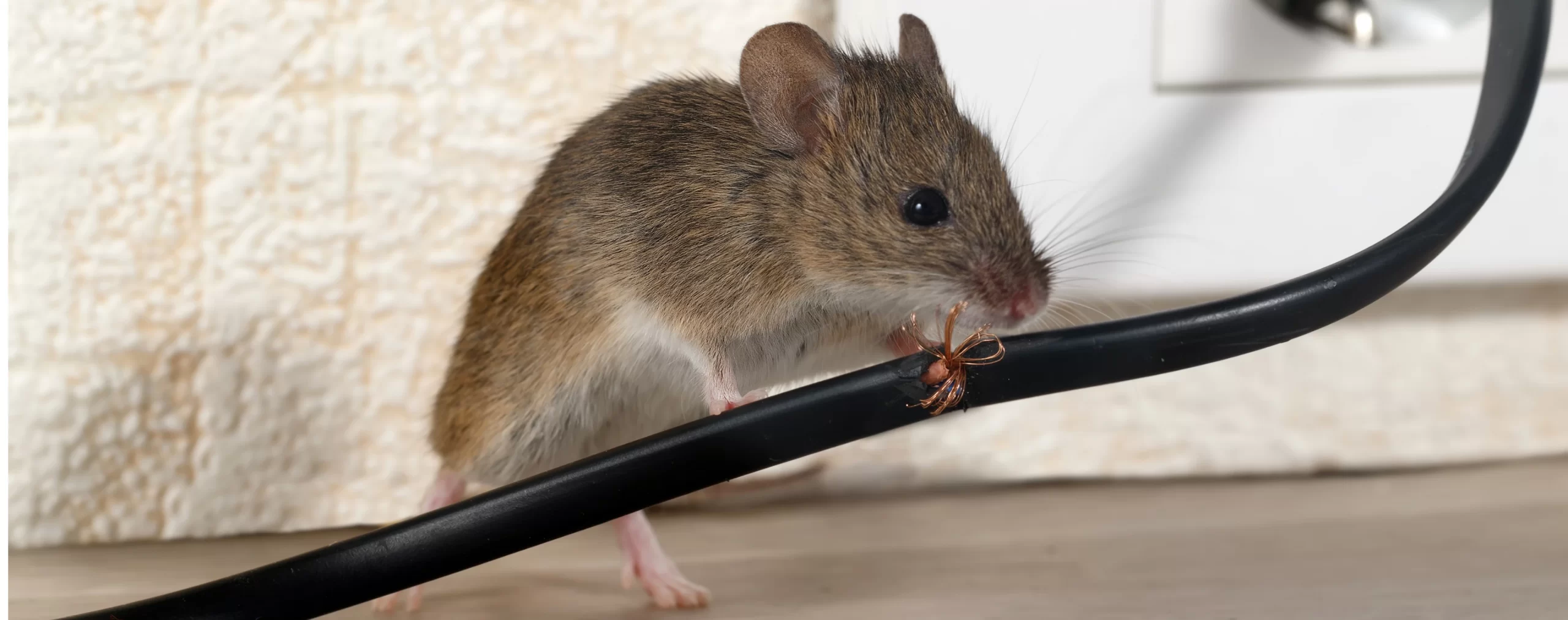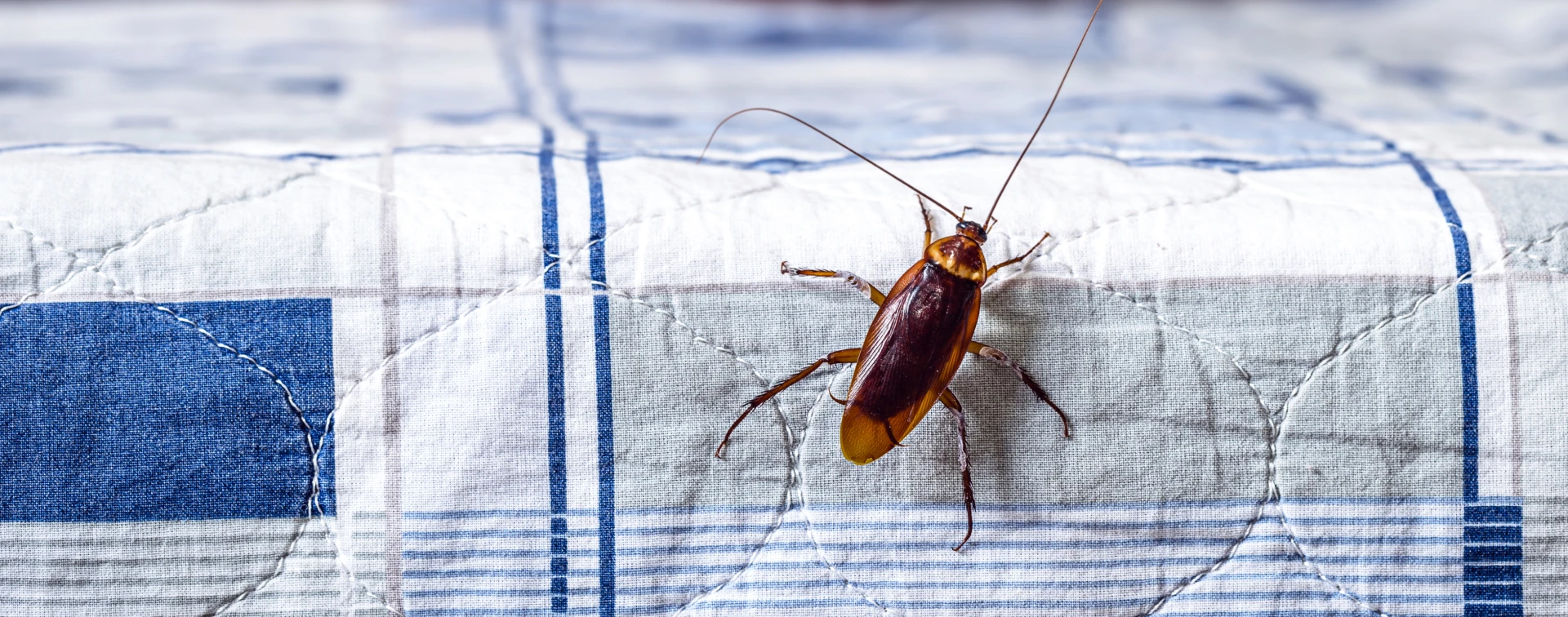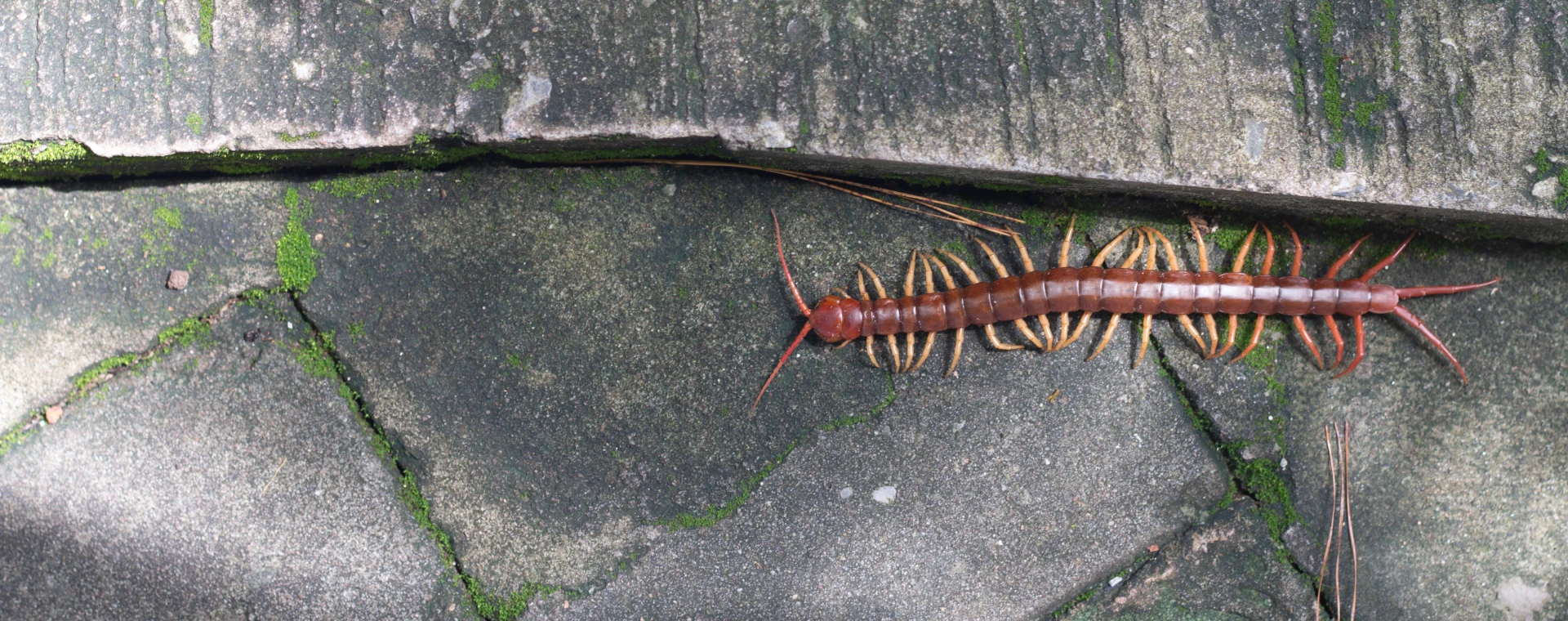Mice can wreak havoc in your home by gnawing on furniture and electrical appliances. Given that mice can also transmit diseases, you should contact a mice removal expert immediately after you realize that you have a mice infestation.


3 Step Process to Eradicate Mice From Your Home


Step 1
The first step involves determining the severity or extent of mice infestation. You should especially pay attention to the number of mice dropping. The more droppings, the more serious the infestation.



Step 2
The next step involves identifying the mouse dens and the entry points used by it. We start by looking for small holes in washrooms, cupboards, floors, or any other area where droppings are present. We will then seal any gap that is larger than 1 cm.


Step 3
We will set up mouse traps in all areas with mice infestations. Our team strictly uses disposable traps to avoid disease transmission. We also find humane mouse traps to be an excellent option, and they work very well.
Other Popular services
















